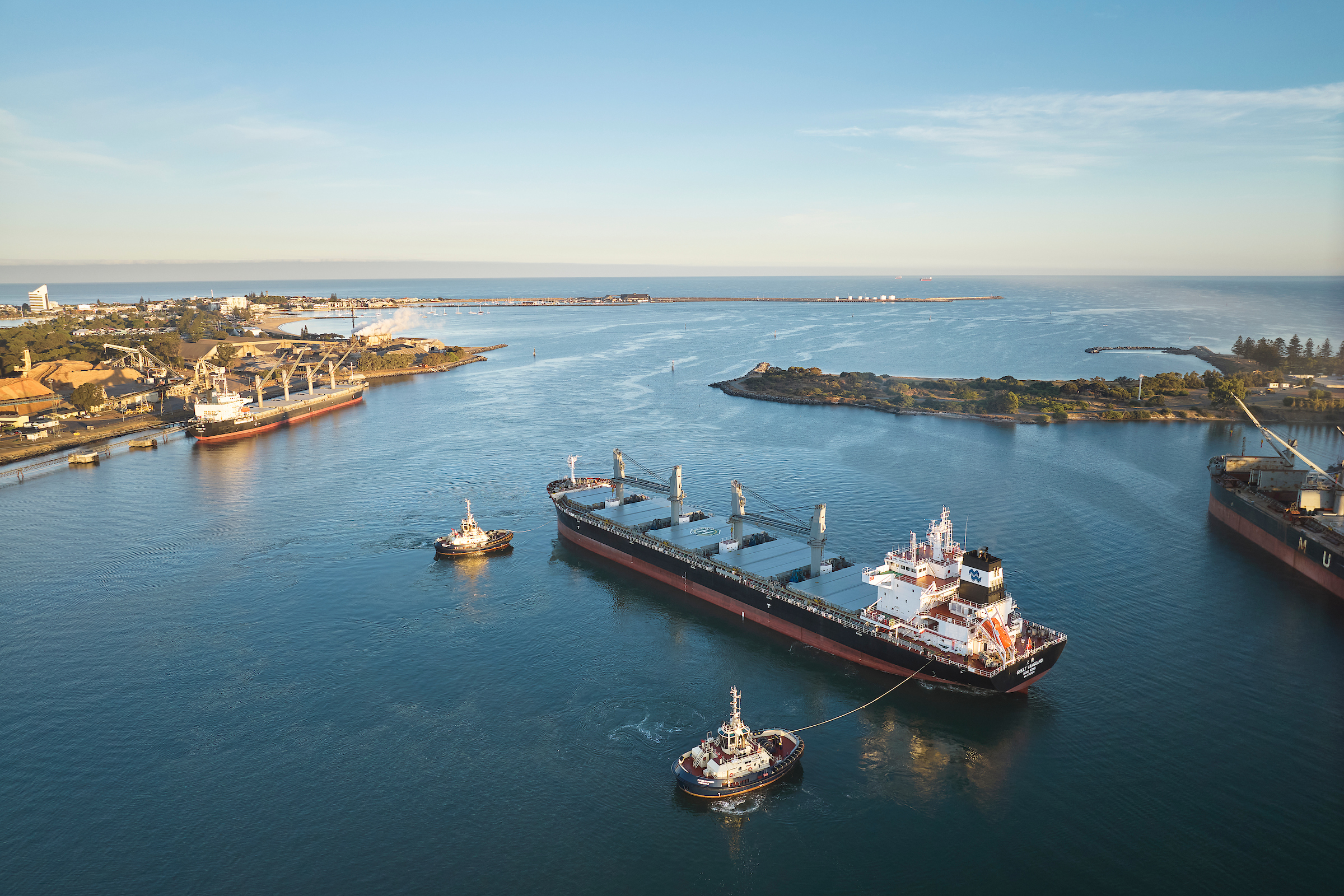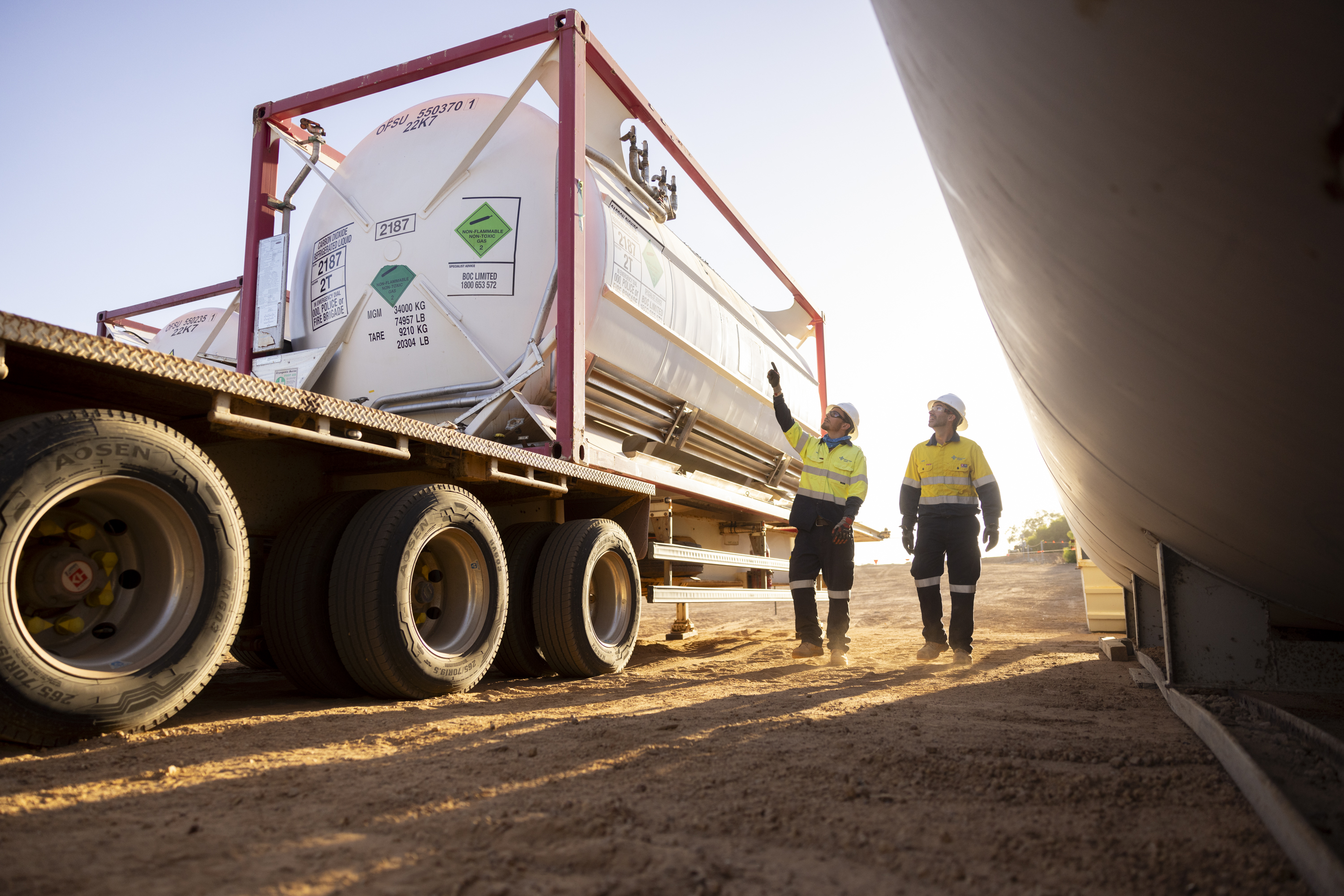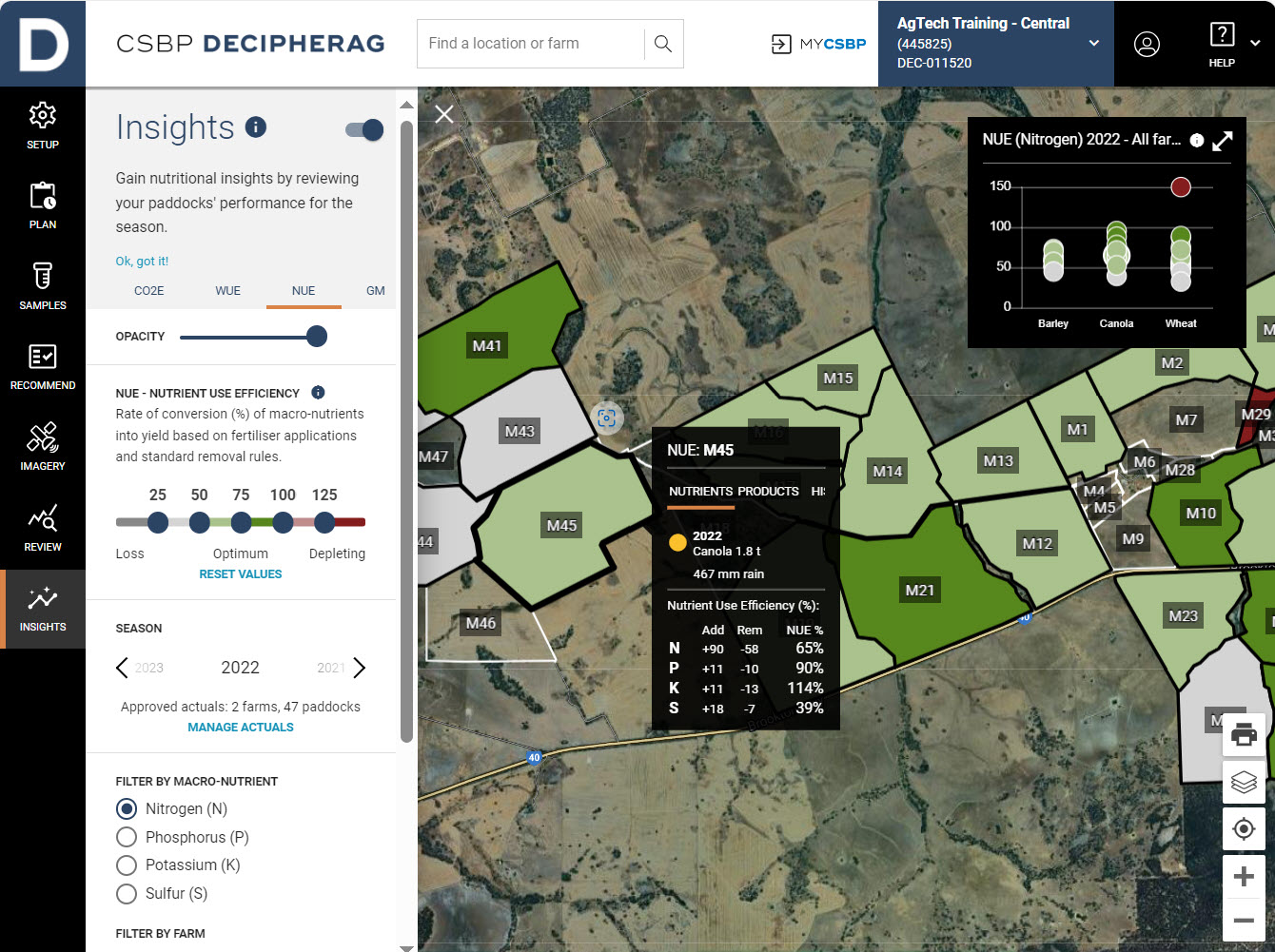
WesCEF - Climate change resilience
WesCEF continued to progress
abatement projects underpinning its interim target of a 30 per cent reduction
in Scope 1 and Scope 2 emissions by 2030 relative to a 2020 baseline.
During the year, a final investment
decision was made to implement tertiary catalytic abatement in one of CSBP
Kwinana’s three nitric acid plants to reduce nitrous oxide emissions. This
project is supported by a $500,000 Carbon Innovation Grant from the Western
Australian Government and is registered to generate Australian Carbon Credit
Units. Additionally, a $33 million grant was awarded by the Australian
Government to implement the same technology, including associated plant
modifications, for the remaining two nitric acid plants. Implementation across
all three plants is anticipated by the end of the 2028 financial year.
While the technologies that underpin
its 2030 interim target are well established, there is greater uncertainty
around the optimal combination of technology that will be deployed from 2030
onwards to support WesCEF’s 2050 net zero Scope 1 and Scope 2 target. In
setting its 2050 net zero target and roadmap, WesCEF assumed that low-emissions
technologies and emerging solutions, such as carbon capture, utilisation and storage (CCUS), will advance and
become commercially viable and operate at scale, well before 2050. WesCEF also
assumes that government policy will remain supportive of climate action and
technologies required to decarbonise. The assumptions underpinning WesCEF’s
targets will be regularly tested to ensure that they are reasonable.
This year, WesCEF continued to progress
its pathway beyond 2030, with a focus on partnerships and government engagement.
Studies continued into low-emissions ammonia solutions, including a carbon capture
and storage project in conjunction with Mitsui E&P Australia. A successful
carbon dioxide injection test was completed by partner, Mitsui E&P
Australia, at its proposed carbon storage facility in Dongara, Western
Australia and this project is now preparing for front-end engineering design.
Further detail on WesCEF's targets,
performance, and partnerships can be found in the Group Climate-related
Disclosures here.


